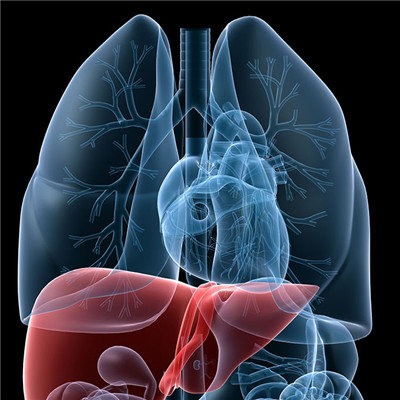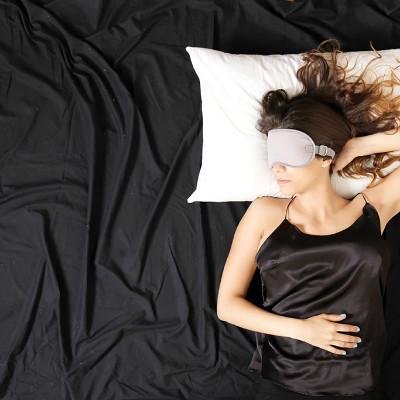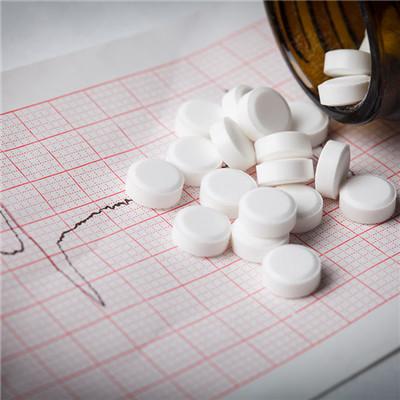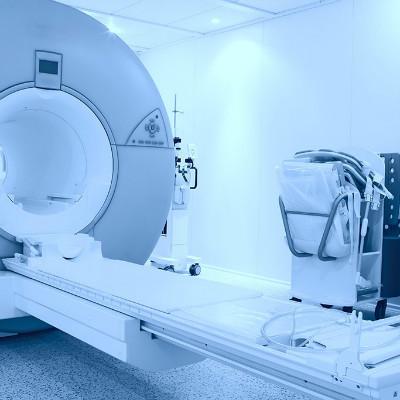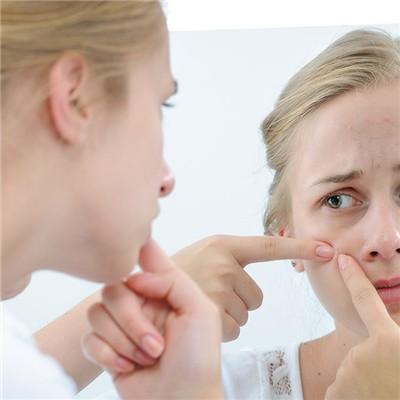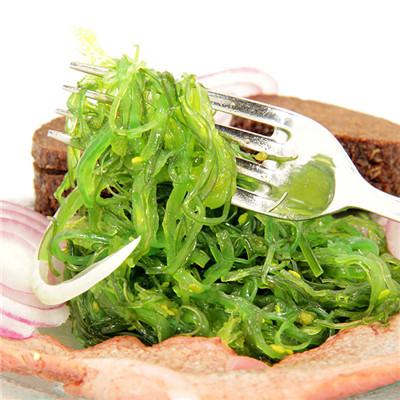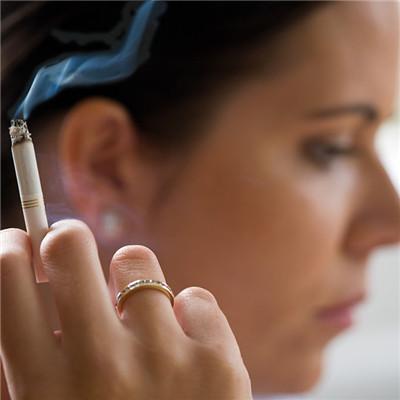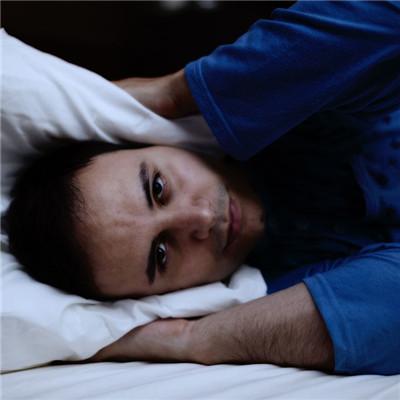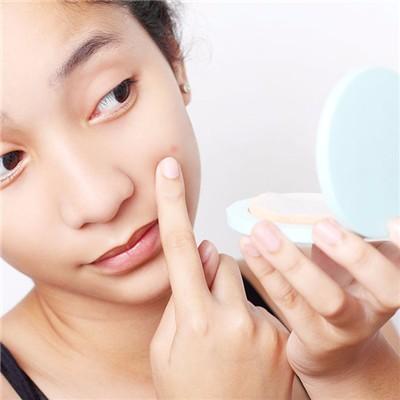Got mastitis how to treat? Primiparas should be alert
summary
Acute mastitis is an acute suppurative infection of the breast. Inflammation occurs in some connective tissues in and around the mammary duct. Acute mastitis is more common in postpartum lactation women. It may occur at any time during the lactation period, among which 3-4 weeks after delivery is the most common, so acute mastitis is also known as puerperal mastitis. Among the patients with acute mastitis, primipara are the most common. According to the literature, the incidence rate of acute mastitis is about 50% among primiparas, and the incidence rate of primipara is 2.4 times that of parturient. Let's take a look at the following.
Got mastitis how to treat? Primiparas should be alert
First: acute mastitis occurs in primipara, after active and timely treatment, the prognosis is better, but the process of disease will bring great pain to patients, so we need to understand how the disease occurs, so as to do a good job in prevention, to avoid the occurrence of acute mastitis.
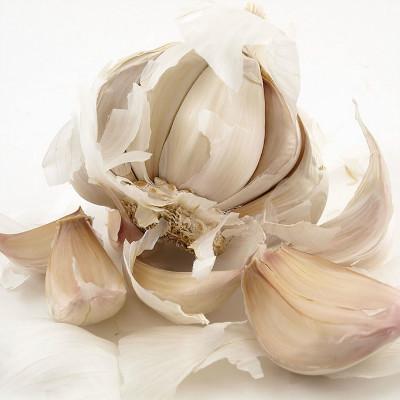
Second: acute mastitis is often secondary to chapped nipples, breast duct obstruction, bacterial invasion, milk deposition and so on. Staphylococcus aureus is the main pathogen causing acute mastitis. Bacteria can directly invade through milk ducts. * the accumulation and retention of milk make it easier for patients to infect bacteria and form a place conducive to the growth and reproduction of bacteria.
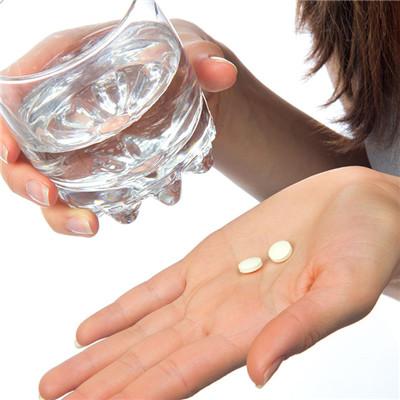
Third: bacteria can also invade through the small wound of the nipple, and finally form cellulitis. If the breast-feeding posture is not correct, and the baby is fixed on one side for a long time, moxibustion is easy to cause chapped nipple, and then cause bacterial invasion and lead to the occurrence of acute mastitis. Puerperal women should also pay attention to other parts of the infection, to avoid pathogens into the blood circulation.
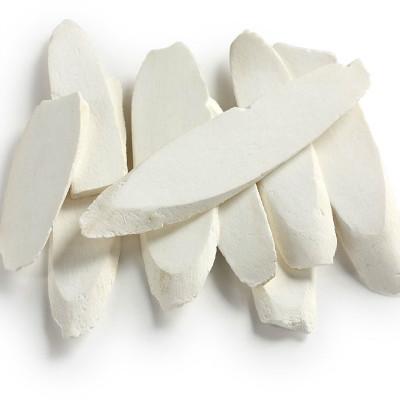
matters needing attention
In addition to some factors of the patients themselves, we should also pay attention to the occurrence of acute mastitis caused by infants. The pathogenic bacteria in the mouth, nose and other parts of the baby can invade the mammary lobule through the mammary duct when the mother is lactating, and then cause acute mastitis.




